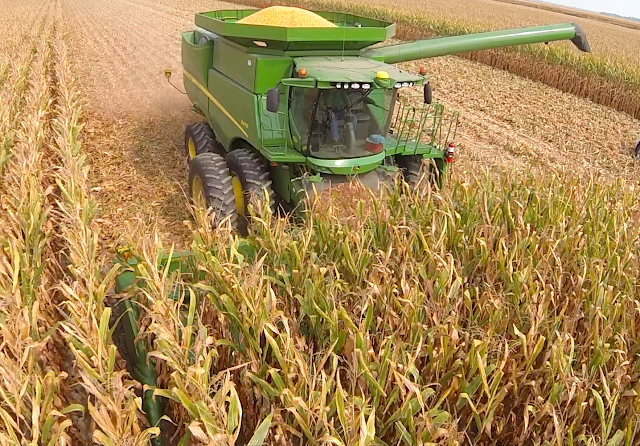The Ultimate John Deere Combine Setting Guide
Is it possible in today’s world which is getting challenging and difficult to achieve 100% output without any damage and losses in farming? That’s a balance even the best researchers and analysts find hard to answer. However, the latest Combines, are so well built that they can come close to those objectives if you are willing to put resources into the everyday harvesting. By following John Deere Combine Setting instruction, you can quickly assess your harvester’s performance and can adjust its task with those to ever-changing field conditions.
To get your combine work at peak performance, here are critical recommendations of John Deere Combine Setting:
1. Pre-Season Inspection
Investigating a combine requires speculation on whether particular segments will endure the season or not? Do any parts require substitution? Answer these questions through a careful examination. Run the machine and have someone who is expert sit next to you to decide on this factor.
2. Maintenance Troubleshooting
Specific wear points on a combine that regularly require high consideration are any parts encountering repeated contact, similar to the roller chains on a corn head. With any chain that has stretched, loosened, or messy, the probability that part will last through this season only. Also, the failure of a chain-driven part can have a massive impact on the join, making it a vital zone to focus.
3. Auger & Threshing Components
Indeed, even the smallest measure of damage in a concave segment or grate bar can impact your harvest proficiency and potential yield loss. Down in the cleaning shoe zone, check the state of the sifter. If something's gotten beat up or dinged, it needs consideration.
4. Yield Monitor
Recalibrating screens ought to be adjusted toward the beginning of each reap season, potentially even amid the season. With such a significant amount of innovation in the combine, have a yearly review done by the merchant. That doesn't mean he needs to do practically everything; you can likewise have an eye at it.
5. Tweaking Cleaning Shoe
With regards to cleaning shoe changes, be careful that most cleaning happens with the underlying impact of air where the grain falls off the dish. So, maintain utmost precautions while tweaking cleaning shoe as per John Deere Combine Setting.
6. Speed Control
Work with the combine at moderate speeds, filling the separator with the product. Close the join down, escape the cab, and start from the front to decide preharvest loss.
7. Minor Adjustment
After you have opened up a field yet before you get into collecting that field vigorously, check the ground for field loss, making sure to deduct that loss subsequent to completing the field audit. Next, inspect the yield to perceive how simple or hard it is to shell out.
8. Final Tuning
Check the combine’s performance every now and again and especially when field conditions change. Stop the combine at least once every day in a region illustrative of the field.
Follow the guide of John Deere Combine Setting and have a crop harvesting you haven’t thought of.



This is very nice blog. Thanks for sharing a blog. Combine Harvester manufacturer in Punjab India
ReplyDelete